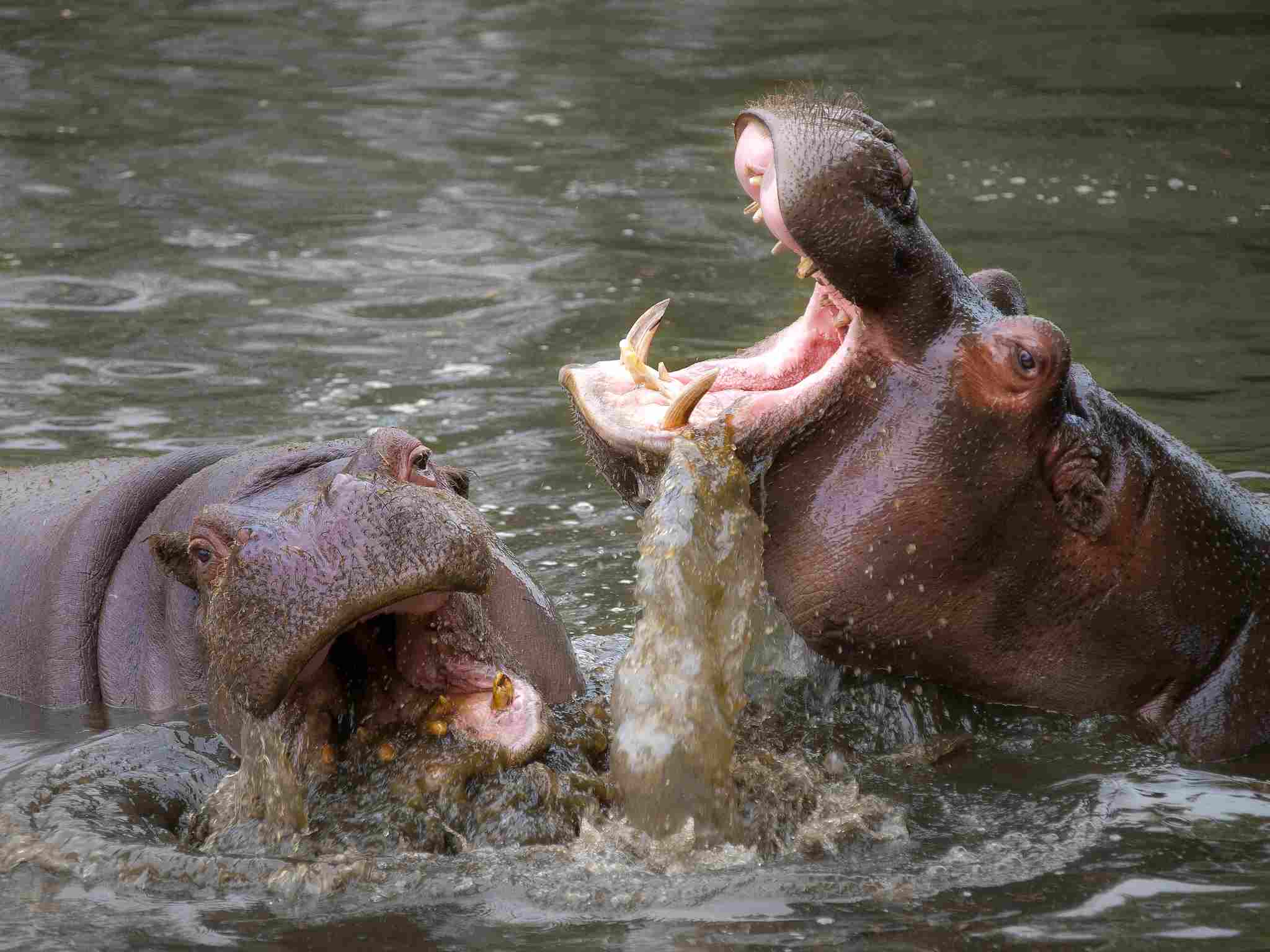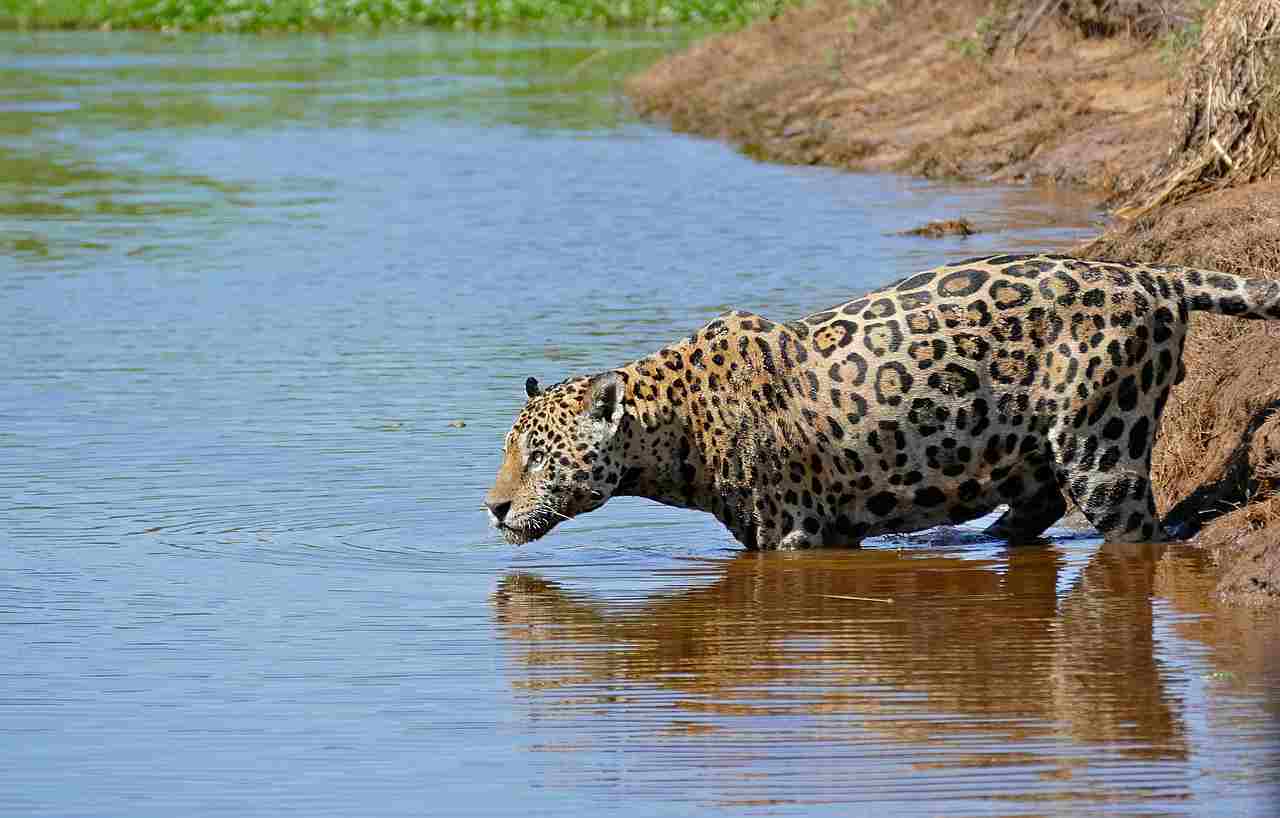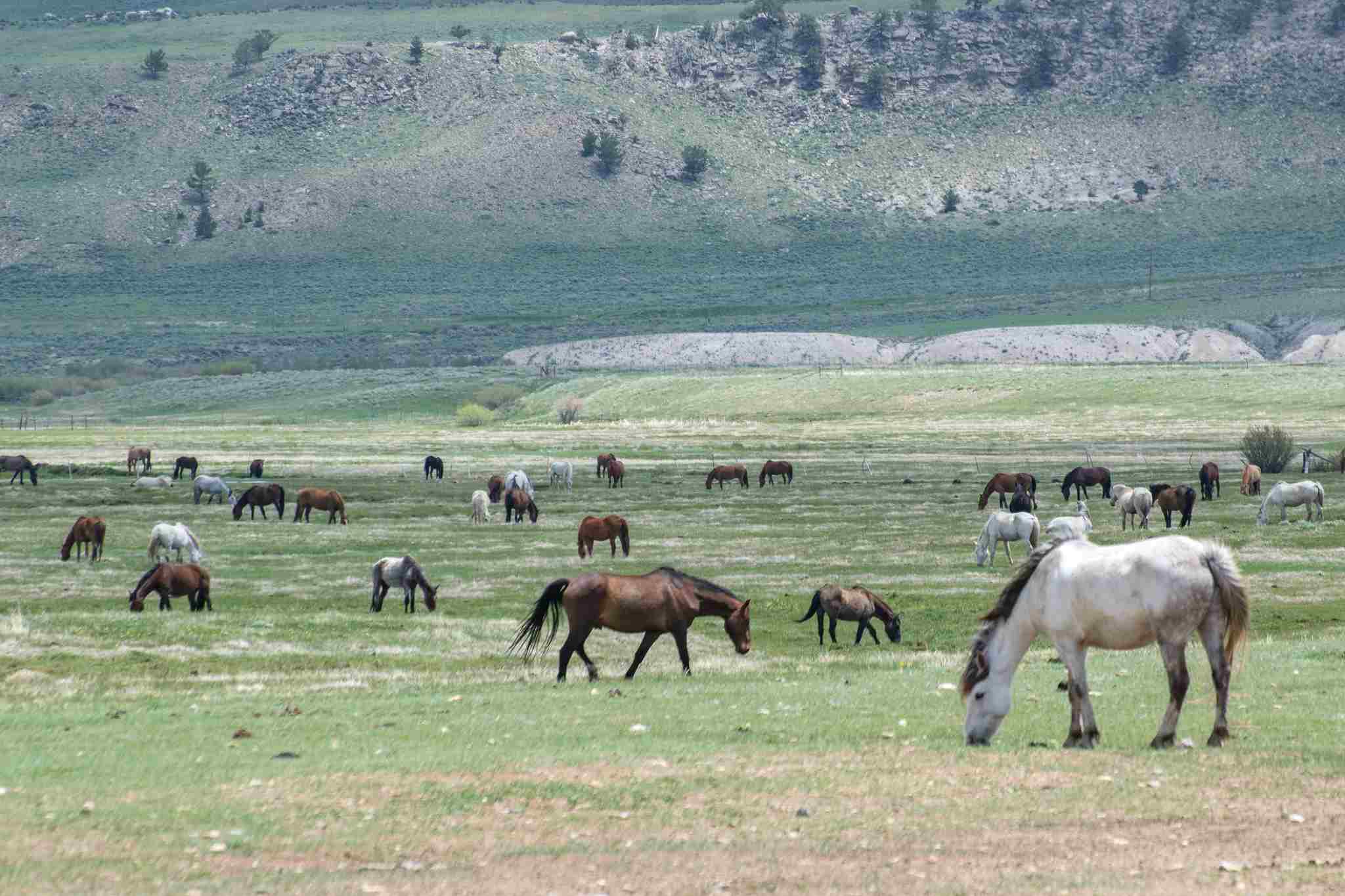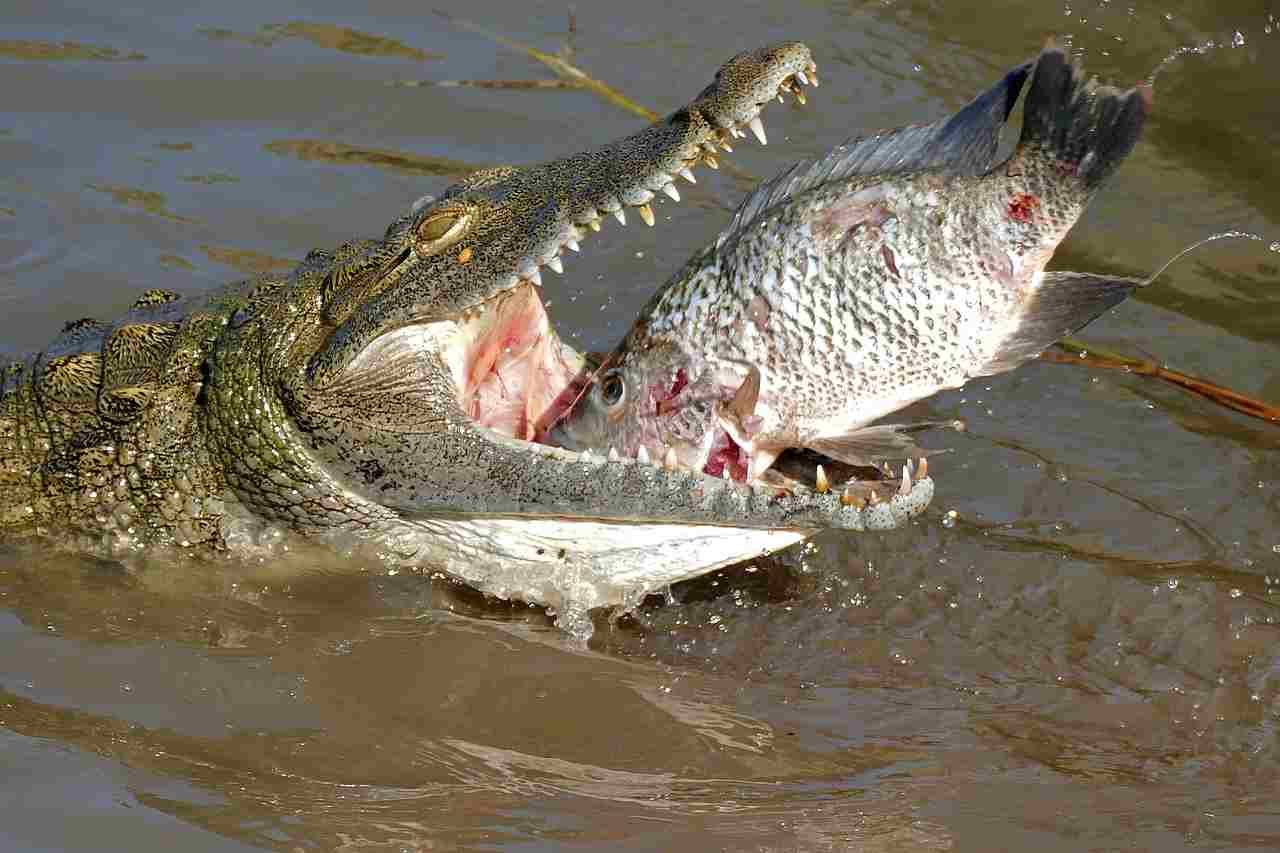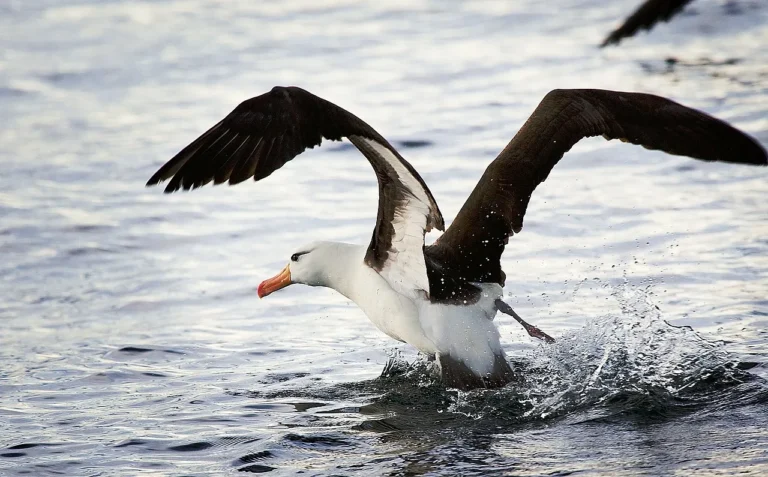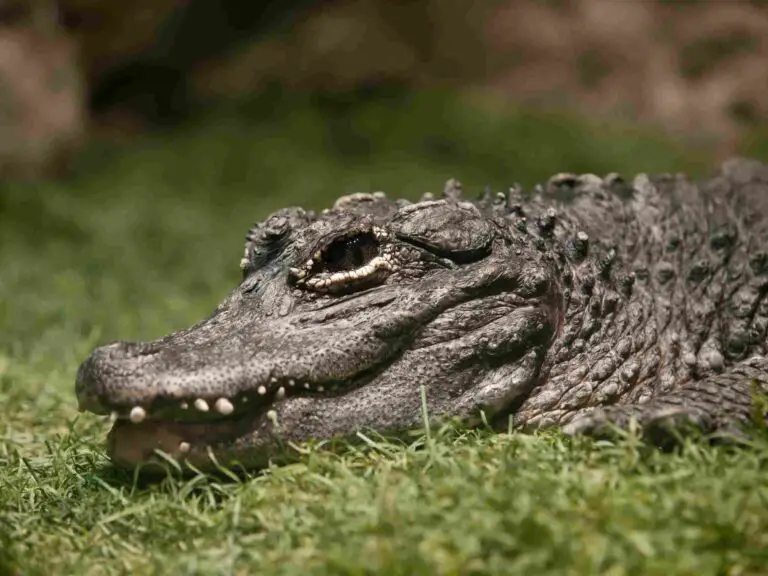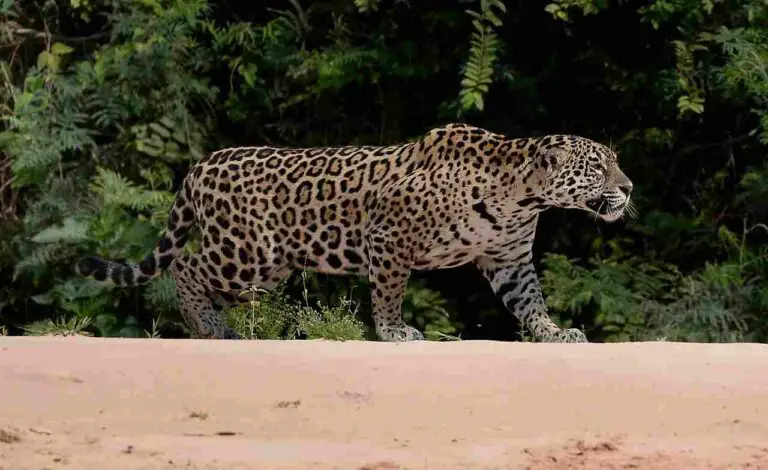Hippo Vs Crocodile Size, Weight, Ecological Comparison
The size and weight of a hippo make it a formidable opponent for a crocodile. While the crocodile may have a higher bite force, the hippo’s larger size and stronger physical capabilities give it the advantage. It is important to consider various factors when comparing these animals, such as their taxonomy, appearance, size, weight, and physical capabilities.
By examining these aspects, we can gain a better understanding of how these animals stack up against each other.
Key Outcomes
*Biological Comparison
The hippo and crocodile may seem similar in some ways, but they are not biologically related. The hippo belongs to the genus Hippopotamus, with its species being Hippopotamus amphibius. On the other hand, the crocodile belongs to the genus Crocodylus, with various species such as the saltwater crocodile (Crocodylus porosus) and the alligator (Crocodylus acutus).
Despite their differences in taxonomy, a biological comparison between these animals reveals interesting facts. Both the hippo and crocodile are large and powerful creatures, but they have distinct physical characteristics and adaptations that suit their respective habitats.
*Size and Weight Comparison
The size and weight comparison between the hippo and crocodile is a fascinating aspect to explore. When it comes to size, the hippo is larger than the crocodile. Adult hippos can reach lengths of up to 15 feet and stand around 5 feet tall at the shoulder. In contrast, crocodiles are generally smaller, with lengths ranging from 10 to 20 feet.
In terms of weight, hippos are also heavier than crocodiles. Adult hippos can weigh anywhere between 3,000 to 4,500 pounds, while crocodiles typically weigh around 1,000 to 2,000 pounds.
*Physical Capability Comparison
In general, hippos are stronger, larger and heavier than crocodiles.
However, both animals possess unique strengths and abilities that contribute to their survival in their respective habitats. While the hippo is known for its immense size and powerful jaws, the crocodile is renowned for its agility and stealth.
1). Taxonomy
Hippos belong to the genus Hippopotamus, with two extant species: the common hippopotamus (Hippopotamus amphibius) and the pygmy hippopotamus (Choeropsis liberiensis). On the other hand, crocodiles are part of the Crocodylidae family, which includes several species such as the saltwater crocodile (Crocodylus porosus) and the American alligator (Alligator mississippiensis).
When comparing the two animals, it’s important to note that their taxonomic classifications differ. While hippos are mammals, belonging to the order Artiodactyla, crocodiles are reptiles, belonging to the order Crocodylia. This distinction highlights the fundamental differences in their biological characteristics and adaptations.
In terms of their physical appearance, hippos have a large, barrel-shaped body covered in thick, hairless skin. They have short legs, a broad head, and a wide mouth filled with sharp incisors and canines. Crocodiles, on the other hand, have a long, streamlined body covered in tough, scaly skin. They have four short legs, a pointed snout, and a mouth filled with sharp teeth.
Understanding the taxonomy of hippos and crocodiles provides a foundation for exploring their unique characteristics and behaviors. In the following sections, we will delve deeper into their size, weight, physical capabilities, and other aspects that contribute to their ecological comparison.
2). Appearance
Hippos and crocodiles have distinct appearances that reflect their different biological adaptations. Starting with their coats, hippos have thick, hairless skin that is prone to drying out, which is why they spend a significant amount of time in water. In contrast, crocodiles have tough, scaly skin that helps protect them from the environment and provides camouflage in their aquatic habitats.
In terms of stature and build, hippos are known for their large, barrel-shaped bodies and short legs. They have a broad head and a wide mouth filled with sharp incisors and canines. On the other hand, crocodiles have a long, streamlined body with four short legs. They have a pointed snout and a mouth filled with sharp teeth.
When comparing the appearances of these animals, it’s clear that their physical characteristics are adapted to their respective habitats and lifestyles. Hippos’ robust bodies and powerful jaws are suited for their semi-aquatic lifestyle, while crocodiles’ streamlined bodies and sharp teeth are designed for efficient swimming and capturing prey.
3). Size
When comparing the size of hippos and crocodiles, it is important to consider their total body length and height at the shoulders. Hippos are known for their impressive size, with adult males reaching lengths of up to 5 meters (16 feet) and standing around 1.5 meters (5 feet) tall at the shoulders. On the other hand, crocodiles can grow even larger, with some species reaching lengths of over 6 meters (20 feet) and standing around 1.2 meters (4 feet) tall at the shoulders.
The size difference between these two animals is significant, with crocodiles generally being longer and taller than hippos. This difference in size is a reflection of their different evolutionary paths and ecological roles. While hippos have evolved to be large and powerful herbivores, crocodiles have adapted to be formidable predators in their aquatic habitats.
When comparing the size of hippos and crocodiles, it is clear that both animals are impressive in their own right. However, crocodiles tend to be larger and taller than hippos, showcasing their adaptation for a predatory lifestyle.
4). Weight
When comparing the weight of hippos and crocodiles, it is evident that both animals are incredibly heavy. Hippos are known for their massive size and weight, with adult males weighing between 1,500 and 3,200 kilograms (3,300 and 7,000 pounds). On the other hand, crocodiles can also reach impressive weights, with some species weighing over 1,000 kilograms (2,200 pounds).
The weight of these animals is a result of their different lifestyles and ecological roles. Hippos, being herbivores, require a large body size to support their plant-based diet. Their weight allows them to graze on vegetation both on land and in water. Crocodiles, on the other hand, have a more streamlined body shape, which allows them to be agile in the water. While they may not be as heavy as hippos, their weight is still substantial, enabling them to overpower their prey.
Both hippos and crocodiles are heavy animals, but hippos tend to be heavier due to their herbivorous diet and need for a large body size. Crocodiles, although not as heavy, are still formidable predators in their aquatic habitats.
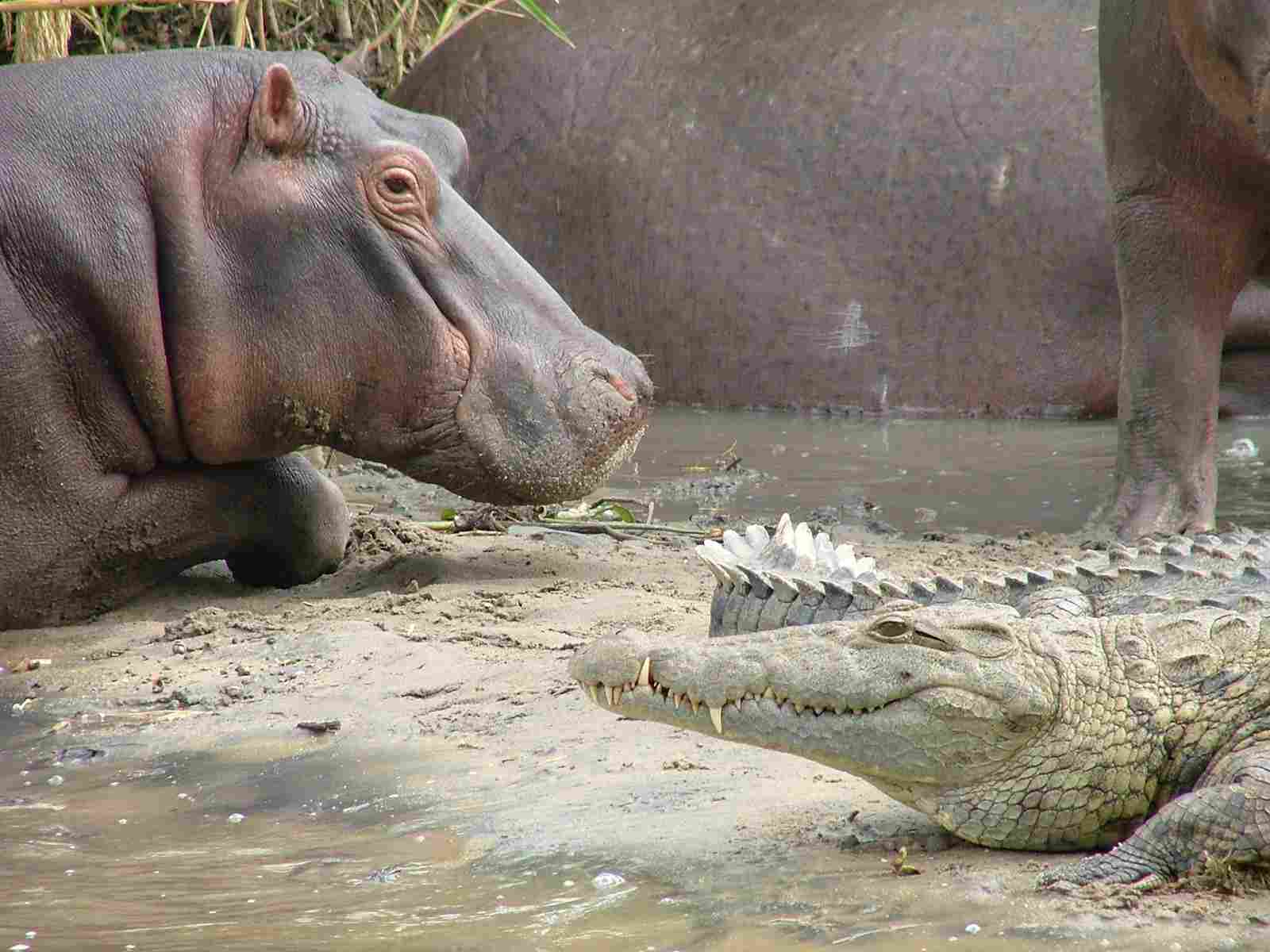
5). Bite Force
Hippos have a bite force of around 1,800 psi, making them one of the strongest biters in the animal kingdom. This immense bite force allows them to crush through tough vegetation and defend themselves against predators.
On the other hand, crocodiles are known for their powerful jaws and formidable bite force. Depending on the species, crocodiles can have a bite force ranging from 2,500 to 5,000 psi. This incredible bite force enables them to capture and subdue their prey, which often includes large mammals and other reptiles.
In a direct comparison, crocodiles have a higher bite force than hippos. However, it is important to note that bite force alone does not determine the outcome of a confrontation between these two animals. Other factors such as size, agility, and defensive capabilities also play a significant role.
6). Overall Physical Capacity (Which is Stronger?)
On average, hippos are stronger than crocodiles, being larger and heavier in comparison to the latter.
When comparing the overall physical capacity of hippos and crocodiles, several factors need to be considered to determine which animal is stronger. Both animals possess unique characteristics that contribute to their strength and survival in their respective habitats.
In terms of size and weight, hippos are known for their massive bodies, weighing up to 3,000 kilograms. On the other hand, crocodiles can reach impressive lengths, with the saltwater crocodile being the largest species, measuring up to 6 meters long. These physical attributes give both animals an advantage in different ways.
In terms of aggression and defensive capabilities, hippos are known for their territorial behavior and their ability to defend themselves and their young. They have been observed charging at boats and even other animals, displaying their strength and determination. Crocodiles, on the other hand, are stealthy predators that rely on their powerful jaws and ambush tactics to capture their prey.
When it comes to a violent confrontation between a hippo and a crocodile, the outcome would depend on various factors such as the size and age of the individuals involved, the element of surprise, and the specific circumstances of the encounter.
7). Habitat
The habitat of hippos and crocodiles plays a crucial role in their survival and adaptation. Both animals are found in different ecosystems and have distinct geographic ranges.
Hippos are primarily found in sub-Saharan Africa, inhabiting rivers, lakes, and swamps. They are semi-aquatic animals, spending most of their time in water to keep their massive bodies cool and protected from the sun. Hippos are well-adapted to their aquatic habitat, with their webbed feet and streamlined bodies allowing them to move swiftly through the water. They are also known to create wallows, which are depressions in the ground filled with water, where they rest and socialize.
On the other hand, crocodiles have a much wider geographic range, being found in various parts of the world, including Africa, Asia, Australia, and the Americas. They inhabit freshwater habitats such as rivers, lakes, and wetlands, as well as coastal areas. Crocodiles are highly adaptable and can survive in both freshwater and saltwater environments. They are excellent swimmers and can travel long distances in search of food and suitable nesting sites.
In terms of their habitat preferences, hippos and crocodiles have some overlapping areas, especially in African water bodies. However, they occupy different niches within these ecosystems, with hippos being herbivores and crocodiles being apex predators. This allows them to coexist without direct competition for resources.
8). Lifespan
Hippos have an average lifespan of around 40 to 50 years in the wild, although some individuals have been known to live up to 60 years. On the other hand, crocodiles have a much longer lifespan, with some species living for over 70 years.
The lifespan of hippos is influenced by various factors, including predation, disease, and habitat quality. While they are large and powerful animals, hippos face threats from predators such as lions and crocodiles, as well as diseases like anthrax. Additionally, changes in their habitat, such as pollution and habitat loss, can impact their overall health and lifespan.
Crocodiles, on the other hand, have a remarkable ability to adapt and survive in different environments, which contributes to their longer lifespan. They have a slow growth rate and reach sexual maturity at a later age, which may be a factor in their extended lifespan. Additionally, their armored bodies and powerful jaws make them formidable predators, reducing their risk of predation.
While hippos have a relatively shorter lifespan compared to crocodiles, both animals have evolved to survive in their respective habitats. Understanding the factors that influence their lifespan provides valuable insights into their biology and ecological roles.
9). Behavior
Feeding is a crucial aspect of their behavior. Hippos are herbivores, primarily feeding on grasses and aquatic plants. They spend a significant amount of time grazing and can consume large quantities of vegetation in a single day. On the other hand, crocodiles are carnivorous predators, feeding on a variety of prey including fish, birds, and mammals. They are known for their stealthy hunting techniques, patiently waiting for the perfect moment to strike.
Aggression is another notable behavior in both animals. Hippos are highly territorial and can become extremely aggressive, especially during the mating season or when protecting their young. They are known to charge at intruders, using their massive size and powerful jaws as a defense mechanism. Similarly, crocodiles are also territorial and can display aggressive behavior when their territory is threatened. They are skilled predators and can launch swift attacks on unsuspecting prey or potential threats.
Vocalization plays a role in communication for both hippos and crocodiles. Hippos produce a range of vocalizations, including grunts, roars, and snorts, which are used to establish dominance, communicate with other members of their group, or warn off intruders. Crocodiles, on the other hand, are known for their deep, low-frequency vocalizations, which are used for communication during courtship or to establish territory.
Social behavior differs between the two animals. Hippos are social creatures and live in groups called pods or bloats. These groups can consist of several individuals, and they engage in various social interactions such as grooming and playing. In contrast, crocodiles are generally solitary animals, only coming together during the mating season or when sharing a basking spot.
Parenting behavior is also noteworthy. Hippos are protective parents, especially the females. They form strong bonds with their young and will fiercely defend them from any potential threats. Crocodiles, on the other hand, exhibit minimal parental care. Females lay their eggs in nests and provide some protection during the incubation period, but once the eggs hatch, the young are left to fend for themselves.
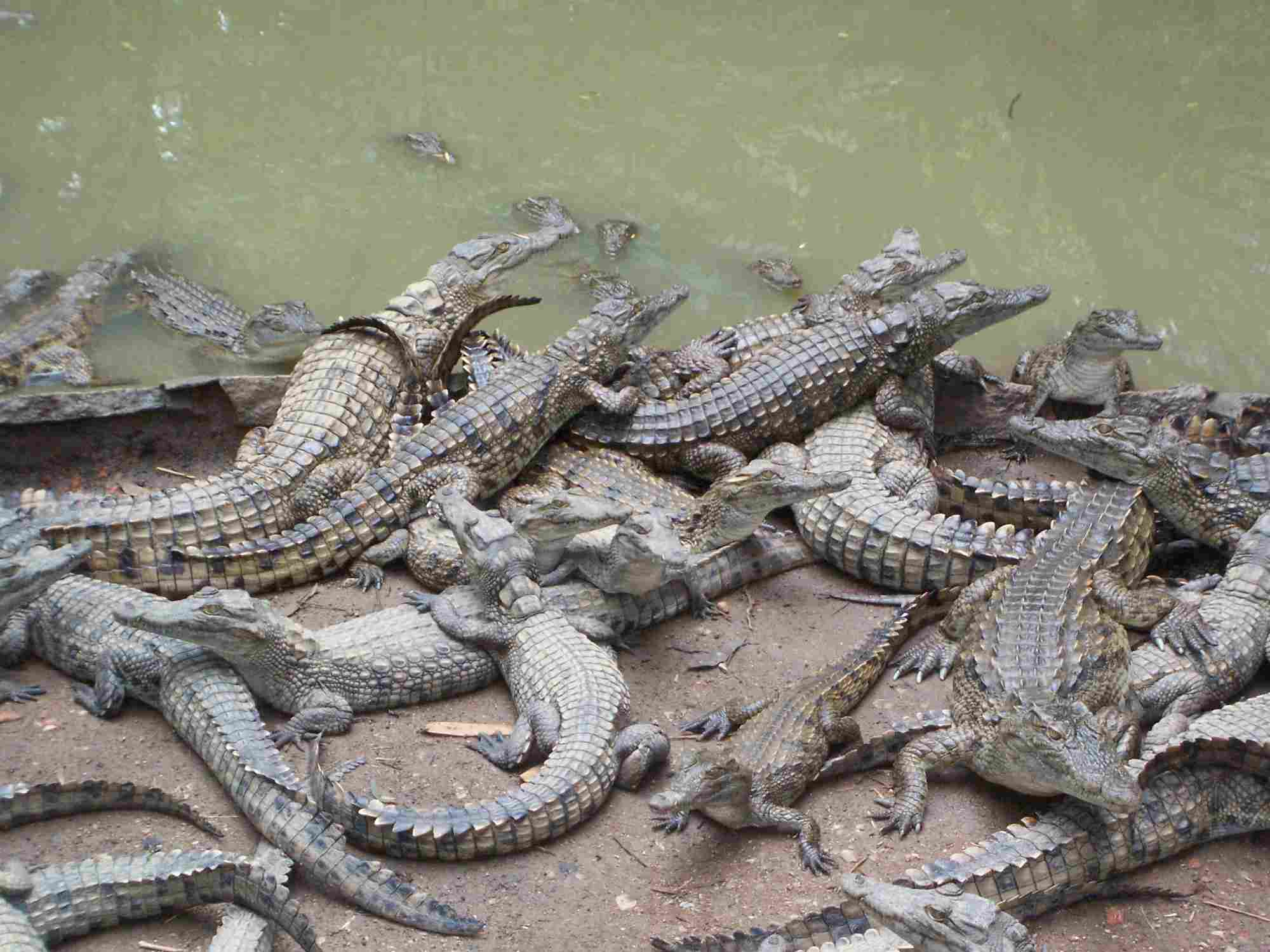
10). Reproduction
Reproduction is a fascinating aspect to compare between hippos and crocodiles. While both animals reproduce, they have different reproductive strategies. Hippos are viviparous, meaning they give birth to live young. The gestation period for hippos is around 8 months, and typically, a single calf is born. The female hippo will nurse and care for her calf, ensuring its survival in the harsh African environment. This reproductive strategy allows for a higher chance of survival for the offspring.
On the other hand, crocodiles are oviparous, meaning they lay eggs. The female crocodile will lay her eggs in a nest, usually in sandy areas near water bodies. The eggs are then incubated by the heat of the sun, and after a period of incubation, the hatchlings emerge. This reproductive strategy requires the hatchlings to be self-sufficient from the moment they hatch, as the female crocodile does not provide any parental care.
When comparing the reproductive strategies of hippos and crocodiles, it is clear that they have adapted to their respective environments. The viviparous nature of hippos allows for more parental care and protection, increasing the chances of survival for their young. On the other hand, the oviparous nature of crocodiles allows for a larger number of offspring to be produced, compensating for the lack of parental care. These different strategies highlight the unique adaptations of these animals to their habitats.
11). Danger Posed to Humans
Hippos are more dangerous than crocodiles (which are also significantly dangerous) because they are more territorial and aggressive, in addition to their superior weight and size (on average).
When it comes to the danger posed to humans, both hippos and crocodiles can be potentially dangerous, but in different ways. Hippos are known to be responsible for more human deaths in Africa than any other large animal. They are highly territorial and can become aggressive if they feel threatened or if their young are in danger. Hippos are known to charge at boats or people who come too close to their territory, and their powerful jaws and sharp teeth can cause serious injuries or even fatalities.
On the other hand, crocodiles are also dangerous to humans, especially if they are provoked or if humans enter their territory. While they are generally more wary of humans and tend to avoid direct confrontations, crocodiles can attack if they feel threatened or if they see humans as potential prey. Crocodile attacks on humans are more common in areas where humans and crocodiles coexist, such as near rivers or lakes.
If you encounter a hippo or a crocodile in the wild, it is important to exercise caution and take appropriate precautions. Avoid getting too close to these animals, especially if they show signs of aggression or if you are in their territory. Keep a safe distance and do not provoke or disturb them. If you are in an area known to have hippos or crocodiles, it is advisable to follow local guidelines and regulations to ensure your safety.

12). Conservation Status
Hippos are currently classified as “vulnerable” by the International Union for Conservation of Nature (IUCN). The main threats to their population include habitat loss and degradation, as well as illegal hunting for their meat and ivory canine teeth. Human activities such as agriculture, dam construction, and urbanization have resulted in the destruction of their natural habitats, limiting their range and access to suitable water bodies. Efforts are being made to protect and conserve hippo populations through the establishment of protected areas and conservation initiatives.
On the other hand, crocodiles have varying conservation statuses depending on the species. For example, the saltwater crocodile is classified as “least concern” by the IUCN, indicating that its population is relatively stable. However, some species of crocodiles, such as the Nile crocodile, are classified as “vulnerable” due to habitat loss, illegal hunting, and pollution. Conservation efforts for crocodiles focus on habitat protection, regulation of hunting, and public awareness campaigns to reduce human-wildlife conflicts.
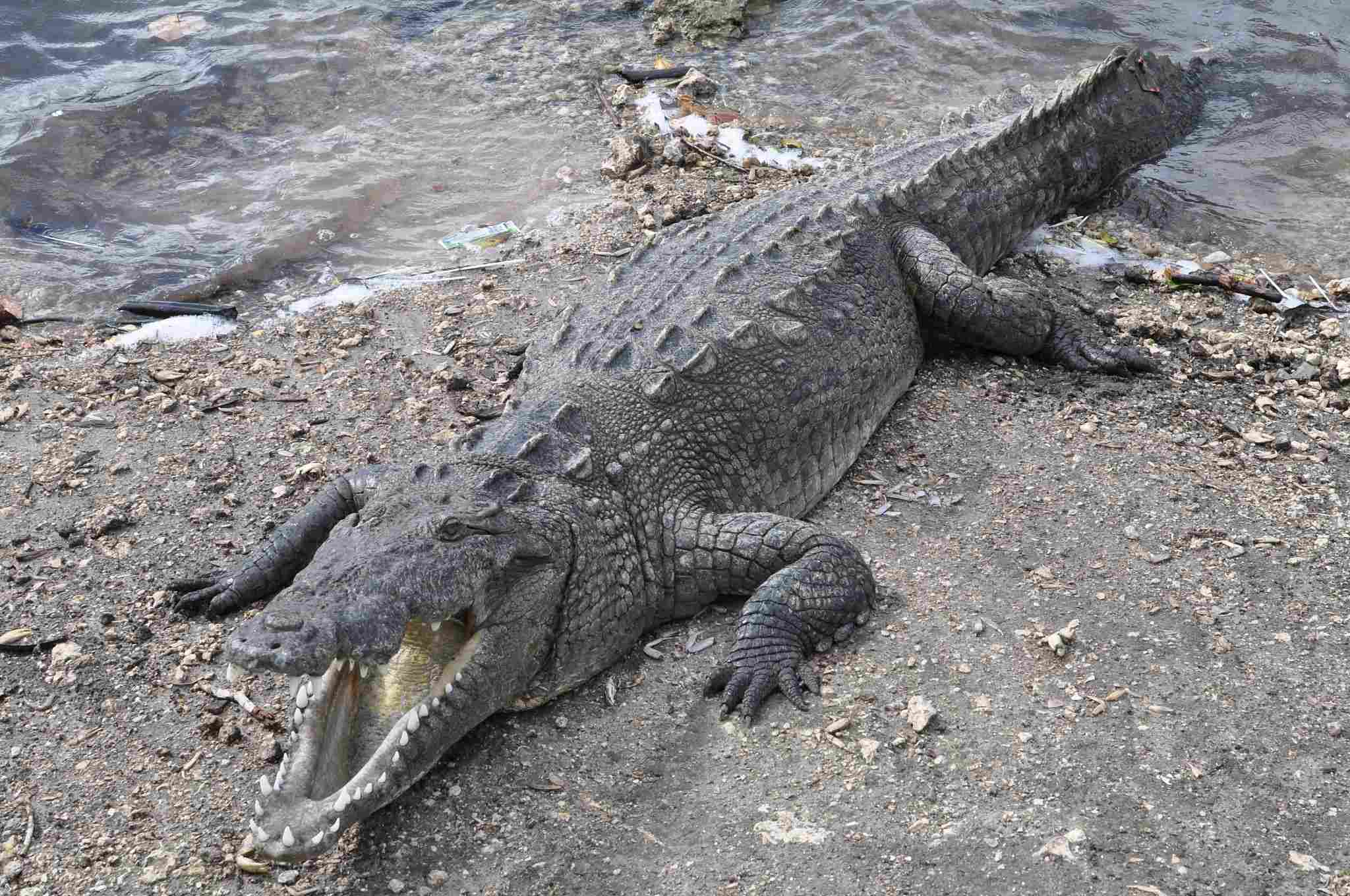
Hippo Vs Saltwater Crocodile
a). Taxonomic Classification
The taxonomic classification of the hippo and the saltwater crocodile provides insight into their evolutionary relationships and biological distinctions.
The hippo, scientifically known as Hippopotamus amphibius, belongs to the family Hippopotamidae and the order Artiodactyla. It is the only extant species in its genus, Hippopotamus.
On the other hand, the saltwater crocodile, scientifically known as Crocodylus porosus, belongs to the family Crocodylidae and the order Crocodylia. It is one of the largest species of crocodile and is the most widely distributed of all crocodile species.
b). Appearance
Starting with the hippo, its appearance is characterized by a thick, hairless skin that is mostly gray or brown in color. The skin is tough and provides protection against the harsh elements and potential predators. The hippo’s body is large and barrel-shaped, with short legs and a broad head. Its eyes and nostrils are positioned on the top of its head, allowing it to see and breathe while mostly submerged in water. This unique adaptation enables the hippo to stay cool and avoid detection by predators.
In contrast, the saltwater crocodile has a more reptilian appearance. Its skin is covered in scales, which provide protection and help with camouflage in its aquatic environment. The coloration of the saltwater crocodile’s skin can vary, ranging from light brown to dark greenish-gray. Its body is elongated and streamlined, with powerful jaws and a long, muscular tail. The saltwater crocodile’s eyes and nostrils are located on the top of its head as well, allowing it to remain mostly submerged while still being able to see and breathe.
c). Size and Weight Comparison
Hippos are generally larger and heavier than saltwater crocodiles.
When comparing the size and weight of the hippo and the saltwater crocodile, it is clear that both animals are formidable in their own right. The hippo is known for its massive size, with adult males weighing up to 3,500 kilograms (7,700 pounds) and measuring around 3.5 meters (11.5 feet) in length. On the other hand, the saltwater crocodile is no slouch either, with males reaching lengths of up to 6 meters (20 feet) and weighing up to 1,000 kilograms (2,200 pounds).
d). Physical Capability
When it comes to physical capability, the hippo has the advantage over the saltwater crocodile. Due to its larger size and weight, the hippo is overall stronger and more powerful. In a violent confrontation between the two, the hippo would likely come out on top.
However, it’s important to note that the physical capabilities of both animals are impressive. The comparison of these animals showcases their unique adaptations and survival strategies in their respective habitats.
Hippo Vs Alligator
a). Taxonomic Classification
When comparing the taxonomic classification of the Hippo and the Alligator, we find that they belong to different genera and species. The Hippo, scientifically known as Hippopotamus amphibius, belongs to the family Hippopotamidae.
On the other hand, the Alligator, scientifically known as Alligator mississippiensis, belongs to the family Alligatoridae. Despite both being large aquatic creatures, their taxonomic classification sets them apart, highlighting their distinct evolutionary paths and biological characteristics.
b). Appearance
The appearance of both the Hippo and the Alligator is distinct and adapted to their respective habitats. The Hippo has a thick, hairless skin that is grayish-brown in color. Its large size and barrel-shaped body give it a robust stature.
On the other hand, the Alligator has a rough, armored skin covered in scales. Its body is elongated with a streamlined build, allowing it to move swiftly in water. These physical characteristics provide camouflage and protection for both animals in their environments.
c). Size and Weight Comparison
Hippos are larger and heavier than alligators, on average.
When it comes to size and weight, the Hippo and the Alligator have distinct differences. The Hippo is known for its massive size, with adult males weighing up to 3,500 kilograms (7,700 pounds) and measuring around 4 meters (13 feet) in length. In comparison, the Alligator is relatively smaller, with adult males weighing around 450 kilograms (1,000 pounds) and measuring up to 4 meters (13 feet) in length. These variations in size and weight play a significant role in determining the physical capabilities and ecological roles of these animals.
d). Physical Capability
Based on their size and weight, the Hippo has a clear advantage over the Alligator in terms of physical capability. The Hippo’s massive size and weight give it a significant advantage in a violent confrontation between the two animals. With adult males weighing up to 3,500 kilograms (7,700 pounds), the Hippo’s sheer strength and power make it a formidable opponent.
In comparison, the Alligator, weighing around 450 kilograms (1,000 pounds), is relatively smaller and less powerful. This difference in physical capability plays a crucial role in shaping the ecological roles and behaviors of these animals.
Conclusion
The comparison between hippos, crocodiles, and alligators reveals both similarities and differences between these animals.
I). SIMILARITIES
Hippos, crocodiles, and alligators are all large, aquatic creatures that inhabit freshwater environments. They are known for their formidable size and strength, making them top predators in their respective habitats. Additionally, all three animals have a reputation for being dangerous to humans, especially when provoked or threatened.
II). DIFFERENCES
Despite their similarities, there are distinct differences between hippos, crocodiles, and alligators. One key difference lies in their physical characteristics. Hippos have a stocky build with a massive body and a large head, while crocodiles and alligators have a more streamlined body shape.
Another difference is their habitat preference. Hippos are primarily found in sub-Saharan Africa, while crocodiles and alligators have a wider distribution, inhabiting various regions around the world.
